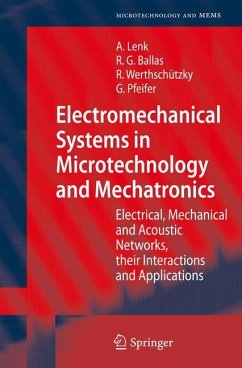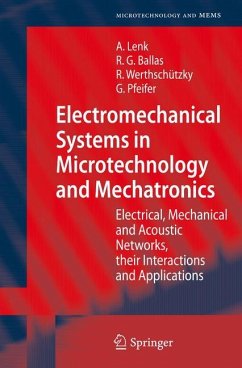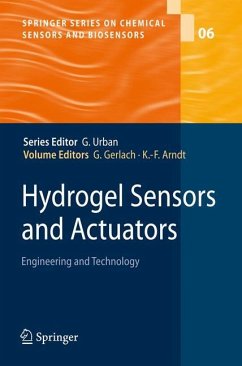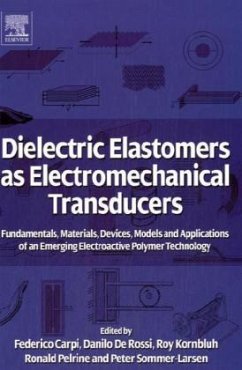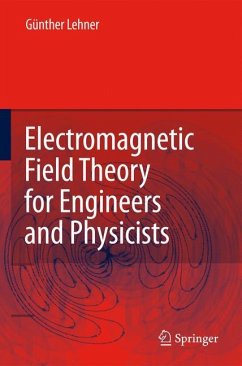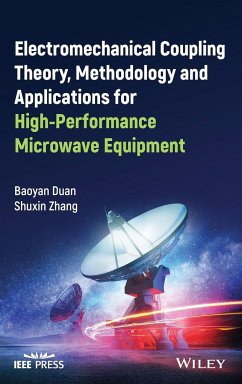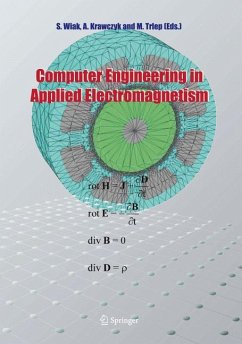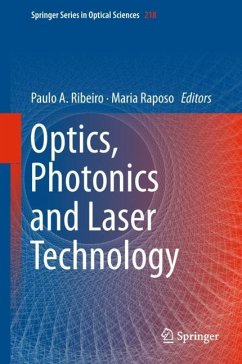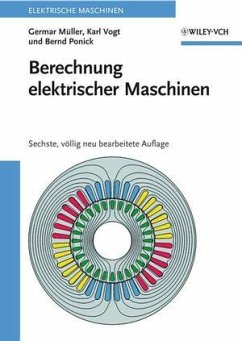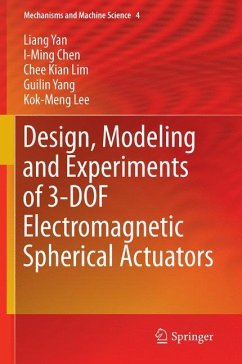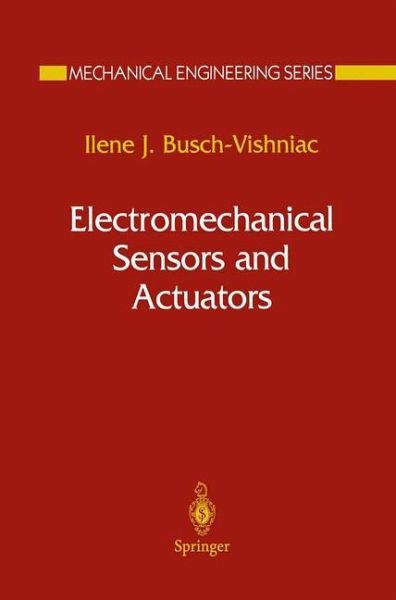
Electromechanical Sensors and Actuators
Versandkostenfrei!
Versandfertig in 1-2 Wochen
92,99 €
inkl. MwSt.
Weitere Ausgaben:

PAYBACK Punkte
46 °P sammeln!
To control mechanical processes one needs to obtain information about the state of the system, to process the information, and then to act on the results. Originally, the simplest controls were purely mechanical feedback systems; more complex systems required human intervention. At present, most controls are provided by purely electromechanical systems, but there are also many situations in which one needs sophisticated measurements for later analysis. Developments in electronic information processing have over the past few decades far outpaced the developments in the sensors and actuators that provide the input and output of the control systems; as a result, the transducers account for the major part of the expense, mass, and failure points of many modern machines. Improvements in control systems thus depend on a clear and thorough understanding of the principles of transducers. It is the aim of this book to help meet that need. Unlike other treatments of sensors or actuators, this book approaches the devices from the point of view of the fundamental coupling mechanism between the electrical and mechanical behavior. Thus, for example, a solenoid can b used either to detect horizontal motion and position (i.e. as a sensor), or to impose a motion on a piston (i.e. as an actuator); the principles of operation of the solenoid are the same in both cases, and this book thus treats them together. The book begins with a discussion of systems analysis as a tool for modeling transducers. It then turns to a detailed discussion of transduction mechanisms (electric and magnetic fields, piezo- and pyro -electric effects, electromagnetic induction, and so forth). The book concludes with an input/output analysis of transducers.
Mechanical engineering, an engineering discipline borne of the needs of the industrial revolution, is once again asked to do its substantial share in the call for industrial renewal. The general call is urgent as we face profound issues of productivity and competitiveness that require engineering solutions, among oth ers. The Mechanical Engineering Series features graduate texts and research monographs intended to address the need for information in contemporary areas of mechanical engineering. The series is conceived as a comprehensive one that covers a broad range of concentrations important to mechanical engineering graduate education and research. We are fortunate to have a distinguished roster of consulting editors on the advisory board, each an expert in one of the areas of concentration. The names of the consulting editors are listed on the facing page of this volume. The areas of concentration are: applied mechanics; biomechanics; computational mechanics; dynamic systems and control; energetics; mechanics of materials; processing; thermal science; and tribology. I am pleased to present this volume in the Series: Electromechanical Sensors and Actuators, by Ilene Busch-Vishniac. The selection of this volume under scores again the interest of the Mechanical Engineering series to provide our readers with topical monographs as well as graduate texts in a wide variety of fields.





